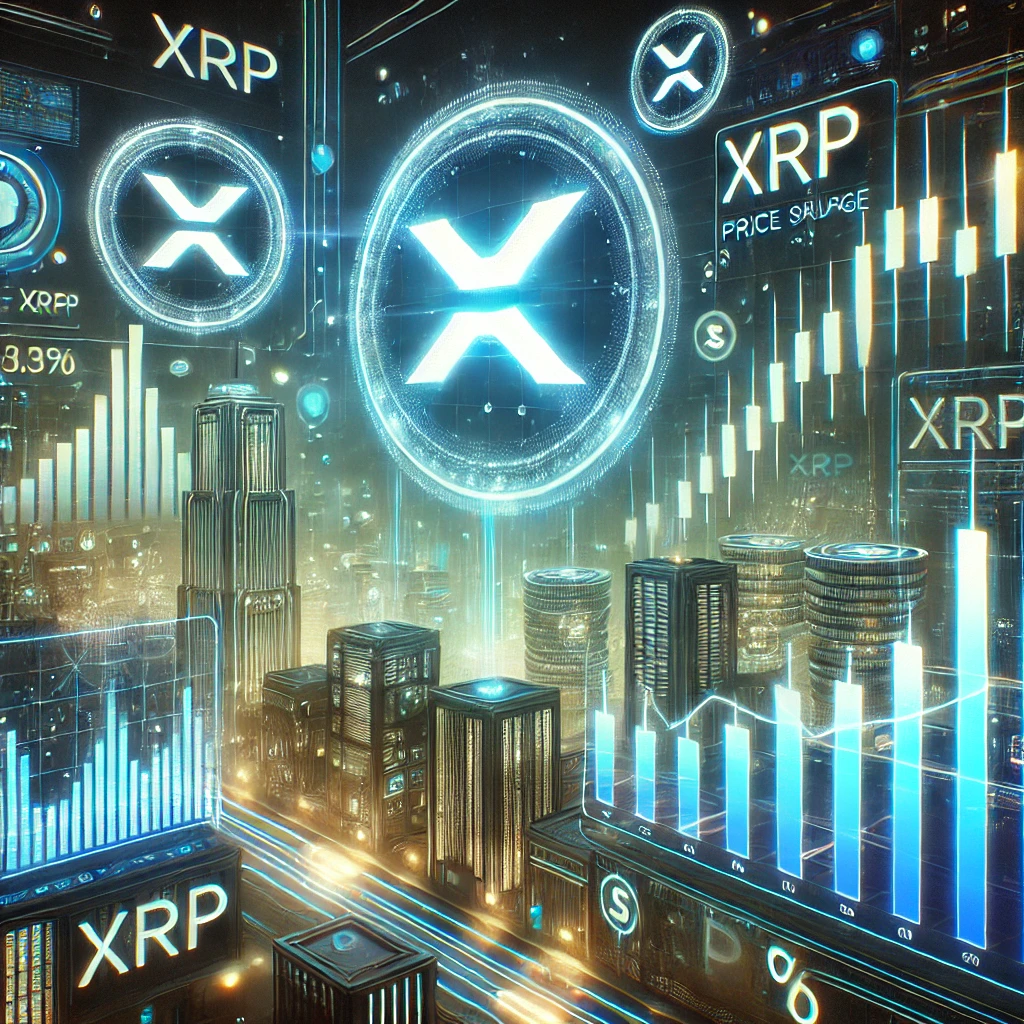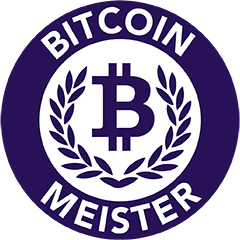What are ICO?
Many people compare ICOs (Initial Coin Offering) in the Cryptocurrency world to IPOs (Initial Public Offering) in the Corporate world of the stock market. But this is not necessarily the best comparison.
ICOs can also be called Crowdsales Token, were initially used to fund new Blockchain, such as the Ethereum Blockchain (in 2014)
Let me explain, during an IPO, you invest to get Shares of the company, Obligations offering financial rights (interest, dividends ..) or legal (voting rights, collective shares …). It is the fact of raising funds to develop projects or invest on products that are already created in prototype form, in an extremely controlled and centralized environment, once the company has proven itself and is viable. The company thus opens its capital to investors to move from a Private Company status to become Public. – IPOs are generally reserved for a select group of investors, investment funds, wealthy individuals, members of the company (the majority of profits being made before the IPO and not during it).
Whereas for an ICO, everything happens on decentralized platforms, such as Ethereum, Wave, Stellar, NEM, NEO .., evolving in an ecosystem based on a Blockchain Protocol. Participating in an ICO is all about buying Tokens (also called ‘Utility Tokens‘) of Type ERC-20, which can have very different roles, depending on the ecosystem of the Protocol (Advantages, reduced fees, premium functions, purchase of objects in a dedicated dApp …). This purchase of Tokens is also considered as a fund raising, but first and foremost it is to develop the Token Holders base and the community base, to then maximize the development of the project, to eventually create value. Unlike IPOs where the fundraising is done when the project is well underway, for ICOs, the fundraising is done at the very beginning of the project, on the basis of a business model (which has not yet been proven). But without any regulations, or at least, they are being developed, due to the complexity of the source of funds (Cryptocurrencies) and the Territories (ICOs can be hosted anywhere in the world) – Anyone (with Cryptocurrencies, mainly Bitcoin (BTC) or Ethereum (ETH)) can participate in an ICO
To understand the difference between the two principles, ICO & IPO, let’s illustrate this with an airline company:
- For the IPO, it would consist in buying shares of the company
- For the ICO, it would be like buying Miles (which you can then transform into advantages, discounts, or buy items, gifts …)
Here is a small concrete example. Let’s take STORJ, a Decentralized Cloud storage service, which launched its ICO in 2017 and managed to raise $30 Million. Investors bought StorjCoin (Tokens), which later allowed them to buy storage space on the Storj Network in exchange for the Tokens they held.
So following this line of reasoning, it would be more appropriate to compare ICOs to Crowdfunding, or an alternative source of funding.
During a Crowdfunding Campaign, you invest in a project that makes you want to, knowing that you will have a counterparty (without guaranteeing that the project will succeed, or that you will be able to take advantage of your guarantees), BUT knowing full well that you will have no rights on the company, in terms of shares, or decision rights.
Project holders using ICOs do so for various reasons:
- Access to large funds in a simple and quick way (which they would not be able to access unless they use Venture Capital (VC))
- Raise funds from future users or consumers of the services/products to be developed
- No obligation to share the company or dilute its capital
- Powerful marketing tool, which allows the visibility and the growing development of the community, thus attracting new investors and potential future customers
- Ensure the necessary liquidity for their tokens, and their exchanges on secondary markets
- The use of the Blockchain and Smart Contracts guarantees that the terms of the ‘Contract’ are not modified afterwards, but also the automation of the transactions, an Investor sends xx Cryptos, and receives xx Tokens in return
- Avoiding sales platforms, or third party intermediaries, which also reduce the costs necessary to launch the ICO.
This all sounds good, but there are also drawbacks, as soon as we participate/fund ICOs:
- There is no guarantee that the investment will be successful due to the fluctuation of the Cryptocurrency market.
- Lack of transparency or publication of reliable information via White Paper
- Operating on the Blockchain and using Cryptocurrencies, ensuring anonymity, can also bring malicious investors, or at worst money laundering (see financing terrorism)
- There is also an element to take into account, like what we see on the Ethereum Blockchain, if you are a token holder, you have to pay a ‘gas’ fee in ETH, so it can have a significant cost to be able to use your tokens.
If you are interested in the ICO market, there are 2 PRECAUTIONS to take, and this is non-negotiable, you will understand it soon enough (if you go beyond these crucial steps)
Consult the White Paper! It must provide almost all the necessary information to answer your questions, but especially to present the idea of raising funds via an ICO:
- Non-exhaustive presentation of the project/product submitted to the ICO
- Analysis of the competitive market, explaining how the project is different from others, and how it can bring something new or innovative, as well as the data of the concerned/targeted market
- Presentation of the team (an anonymous team, or one that is absent on the Net and social networks, does not inspire confidence), their background, the projects they have worked on in the past. Identification of Advisors and Investors
- System architecture, which blockchain will be used
- Supposed functions of the new ecosystem
- Information on the use of the funds – they should be used entirely for the growth of the company, not for the personal gain of the project owner
- The Roadmap that will inform the stages of the project development, as well as the (estimated) delivery time
- The duration of the ICO, which cannot be modified during the fundraising
- And don’t forget the Tokens: The total Supply that will be issued, the Selling Price during the ICO, the quantity that will be offered for sale during the ICO, the reserve quantity, etc…
DO YOUR OWN RESEARCH!
- Starting on Social Media, and first on Instant Messengers, such as Telegram, if you see that the community is active, this is a good point, unlike a project that denigrates its community
- Then move on to Social Networks, the simple thing to do is to look at how often information and updates about the project are posted
- Do not hesitate to do research on the net, or to ask questions publicly, directly with the community (avoid private exchanges, it will cause you problems, always favor public exchanges of information)
The White Paper is the most important element that can inspire confidence or not in the project, and within the community. The more it is developed, the more confidence will grow, but also beware of projects that are too good to be true, a project must be credible in terms of ambition, fundraising, but especially growth projection. You need to be able to study and consider the project’s ability to be realized within the given timeframe and budget. This is much more complicated than for IPOs, which provide verifiable and concrete information.
A Wall Street Journal report published in mid-2018 conducted a study of a base of 1,450 ICOs, and here’s what it found:
- 271 of these ICOs were fraudulent
- 111 of which had vulgarly copied and pasted another project’s white paper
- These 271 ICOs still managed to raise $1 Billion!
Hence the interest to focus on all the elements, because if you have not understood, this billion raised has simply disappeared, and the projects have never seen the light of day.
Let’s finish with some figures that will make your head spin:
Figures established in 2019 on ICO/Fundraising according to industry type:
- Cryptocurrencies: 14.8 billion
- Platform: 12.6 billion
- Business Services: $4.3 billion
- Infrastructure: $3.7 billion
- Banking : 3.7 Billion
- Investments: 3.4 billion
- Software: 2.9 billion
- Internet: 2.3 billion
- Smart Contracts: 2.1 billion
- Big Data 1.6 billion
- Media 1.6 billion
Biggest ICOs in the world:
- EOS: 4 Billion (ICO duration spread over 1 year)
- Telegram: 1.7 Billion
- Bitfinex: 1 Billion
- TaTaTu: 575 Million
- Filecoin: 257 Million
- Tezos: 232 Million
Fastest ICOs/fundraisers:
- Brave: $32 Million in 30 seconds
- Cosmos: $16 million in 30 minutes
- Gnosis: $12 million in 12 minutes
- Bancor: $152 million in 3 hours
- QTUM: 10 Million in 90 minutes
The first ICO took place in July 2013, the Mastercoin project (currently Omni) led by J.R Willett, raised $500,000 or 4740 BTC at the time.
As for the Ethereum project, it raised $18 Million in 2014, before being developed in 2015. Now it’s the 2nd most powerful Cryptocurrency in terms of Market Capitalization.
Some of the ICOs with the highest ROI (Return on Investment)
- NXT: ICO sale price $0.0000168, currently at $0.08
- ETH: ICO sale price $0.311, now $3890!
- IOTA: ICO sale price $0.001, today $1.86
- NEO: ICO sale price $0.032, today $95.38
But there are also less glorious figures:
- 10% of the funds collected are hijacked by hackers
- Only 25% of projects reach their goals
- 70% of fundraising is done on the same blockchain (Ethereum)
As you may have noticed, ICOs are an alternative way to raise funds quickly, to develop a project that only presents a business model, without having proven itself, and allows the project owner to control the entire capital of his company.
Some projects have generated mega profits, while others have been financial pits, or worse, total scams
If you are interested in this subject, I strongly invite you to DO YOUR OWN RESEARCH. And above all do not blindly believe the White Paper or the project owner, do not fall under the FOMO Syndrome (Fear Of Missing Out) thinking that if you do not launch immediately, and thus be part of the Early Adopters, you will miss the opportunity of the Millennium! – It’s better to think and do some research and maybe gain a little less in terms of profit than to lose 100% of your investment, don’t you think?
An idea may sound good, even promising, but it may also fail at the end of the fundraising process.
Last but not least! Only invest what you can afford to lose, the price of Cryptocurrencies is extremely volatile so much so that you can gain a lot in a short time, but also lose everything even faster. Set limits for yourself that you don’t want to exceed, for your own financial security.
See you soon
Christophe WILHELM
© Bitcoin Meister




Post Comment
You must be logged in to post a comment.